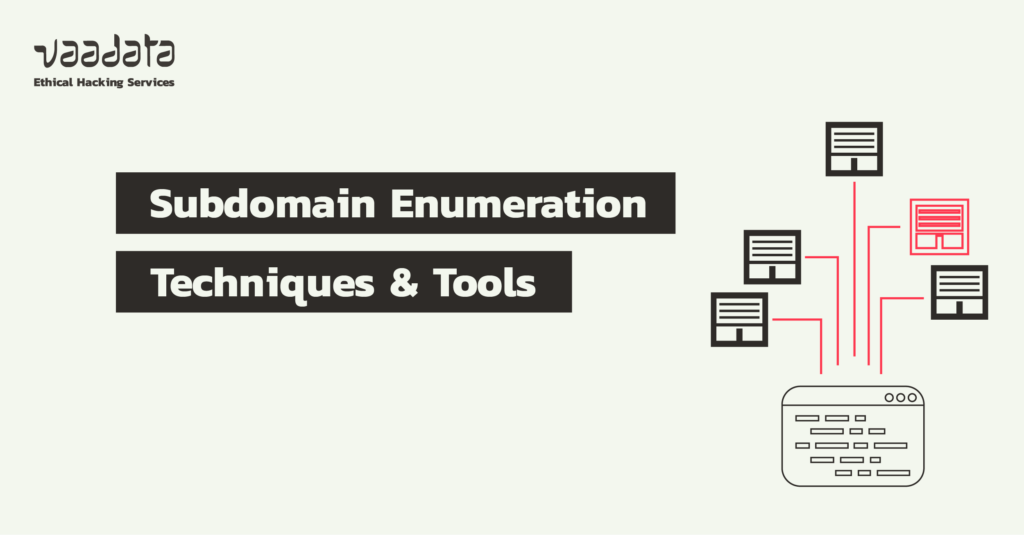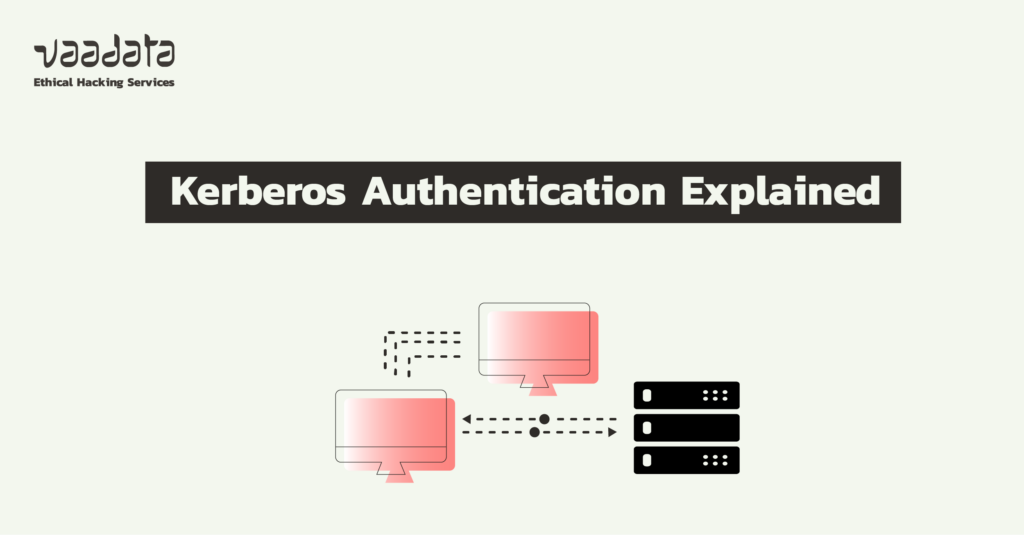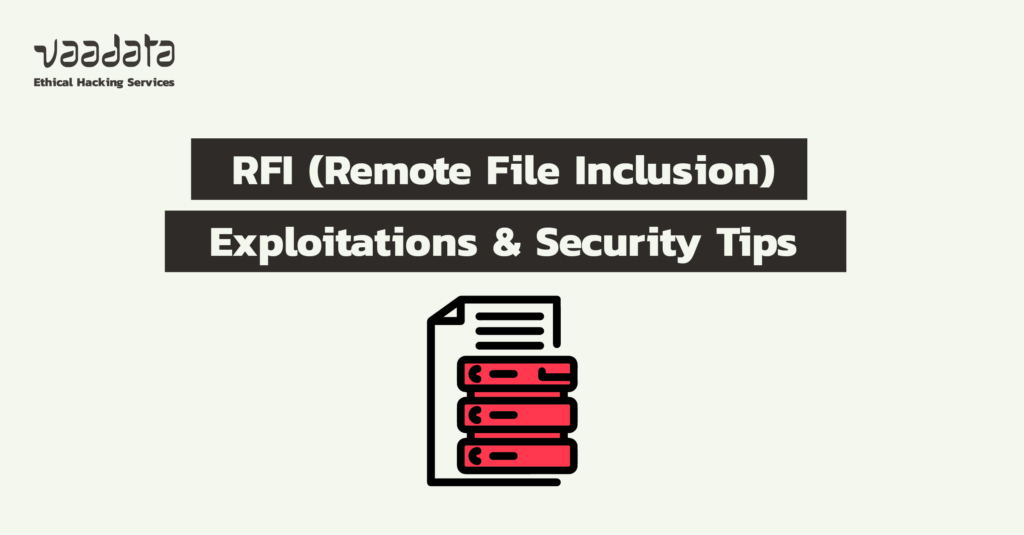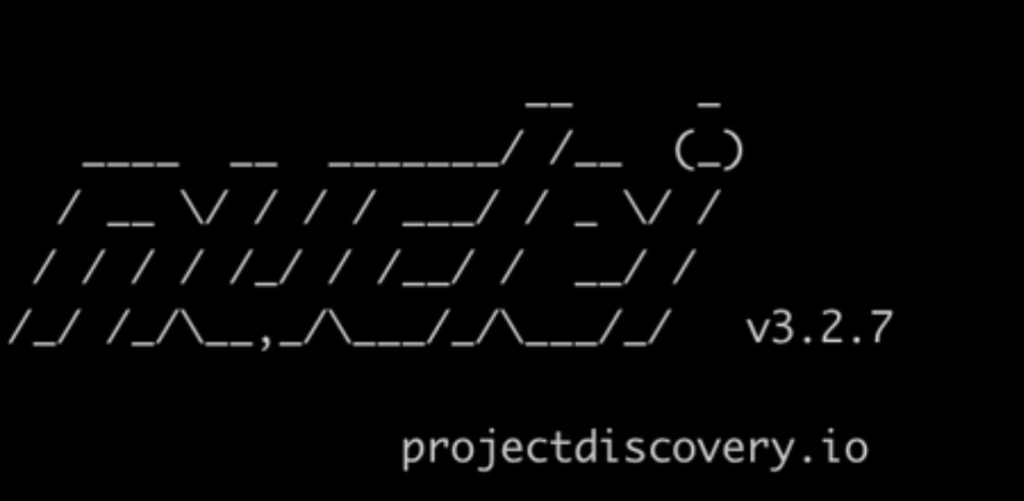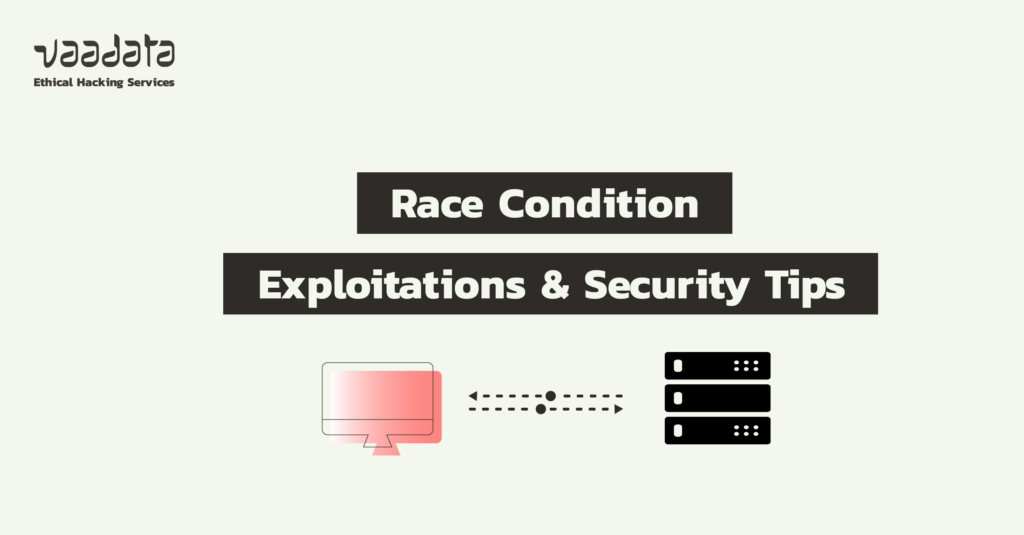
With a good Internet connection and high-performance hardware, users can have the impression that their actions on a web page are instantaneous or almost.
However, it should not be forgotten that a server takes time to process requests. Even if it is a matter of milliseconds, this delay may be of interest to an attacker. These are known as race condition attacks.


